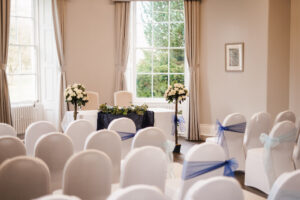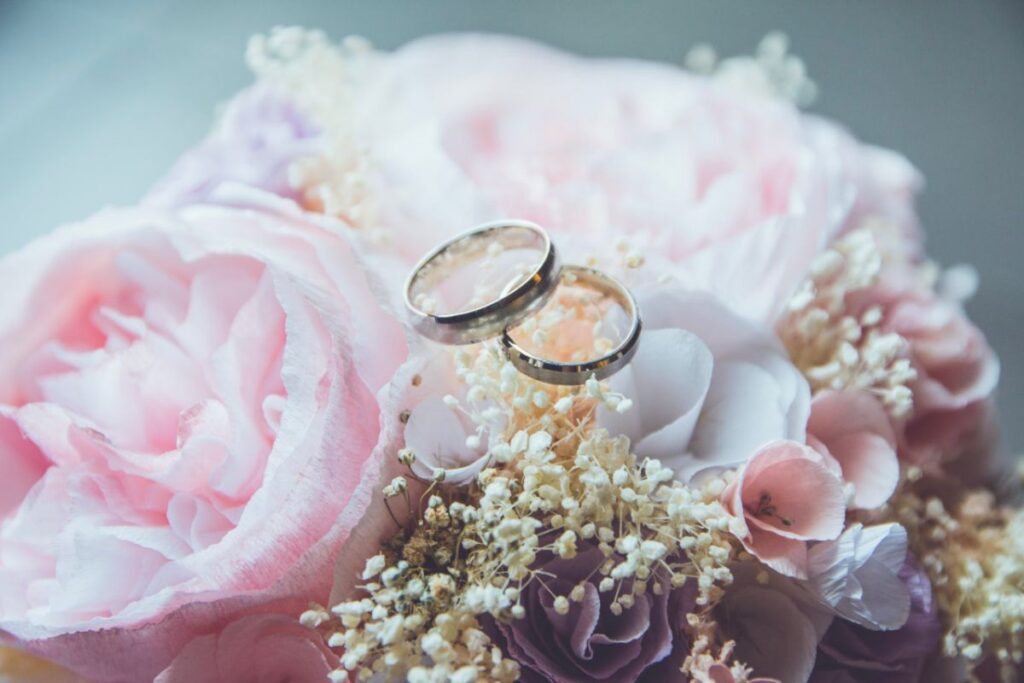
Wedding traditions and their strange origins
Weddings are a great time to get everyone together to celebrate your love and your new life together. Wedding ceremonies have changed over the years but some things still remain. There are many traditions that have survived long enough to leave behind their origins, many of which aren’t as sweet as they are today. Discover more about weird wedding traditions and how they came to be.
Popular Traditions of Wedding
The Bouquet and Garter
1. Holding a Bouquet

The bouquet is a gorgeous accessory for a bride and her attendants, full of beautiful wedding flowers and complementing the wedding colours but it wasn’t always that way. At one time, the bouquet would have been a collection of herbs (including dill and garlic) and it was thought to help ward off evil spirits (and the Plague).
2. Throwing the Bouquet and Bridal Garter

While the bane of the singles at the modern wedding, the bouquet and garter toss used to have a very different purpose. One origin of the bouquet toss was to distract the revellers so that the bride and groom could slip away and consummate the marriage, and then toss the garter to the gentlemen waiting outside for the “proof”, also known as ‘fingering the stocking’ where guests would inspect the bride’s stockings in the wedding chamber to make sure the deed had been done.
Another origin for this wedding staple was that brides were considered lucky. So lucky in fact, that the guests would tear off pieces of her dress to take some of that luck with them. This wedding garter tradition origin seemed to work better for the bride and this has continued.
The Wedding Cake
-
Cutting the Cake

This was the first task that the married couple would undertake together and as it’s an easy one, probably a great one to start with – not to mention it helps everyone get on with eating the cake! At one time the groom would take a bite of bread and sprinkle the crumbs over the bride’s head, which were considered lucky and were picked up by the wedding guests.
2. Saving the top tier of the Cake

This is a tradition that works best with fruit cakes (and with a freezer) and was employed so you don’t have to buy another cake to celebrate your first baby when you’re also celebrating your first anniversary, which was when people were generally expected to be at least announcing a pregnancy.
Wedding Traditions for Having Attendants
-
Having Bridesmaids
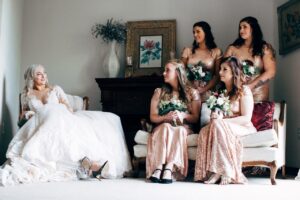
The bridesmaids can usually be seen these days in matching dresses that complement the colour scheme and the bride’s own dress, while making the blushing bride stand out but back in the day, bridesmaids were there to camouflage the bride and they would wear clothes to match the bride to thwart any attempts to grab the bride by jealous exes and evil spirits. Organising a hen do and holding the bride’s dress seems so little compared to that level of stress!
2. Having a Best Man
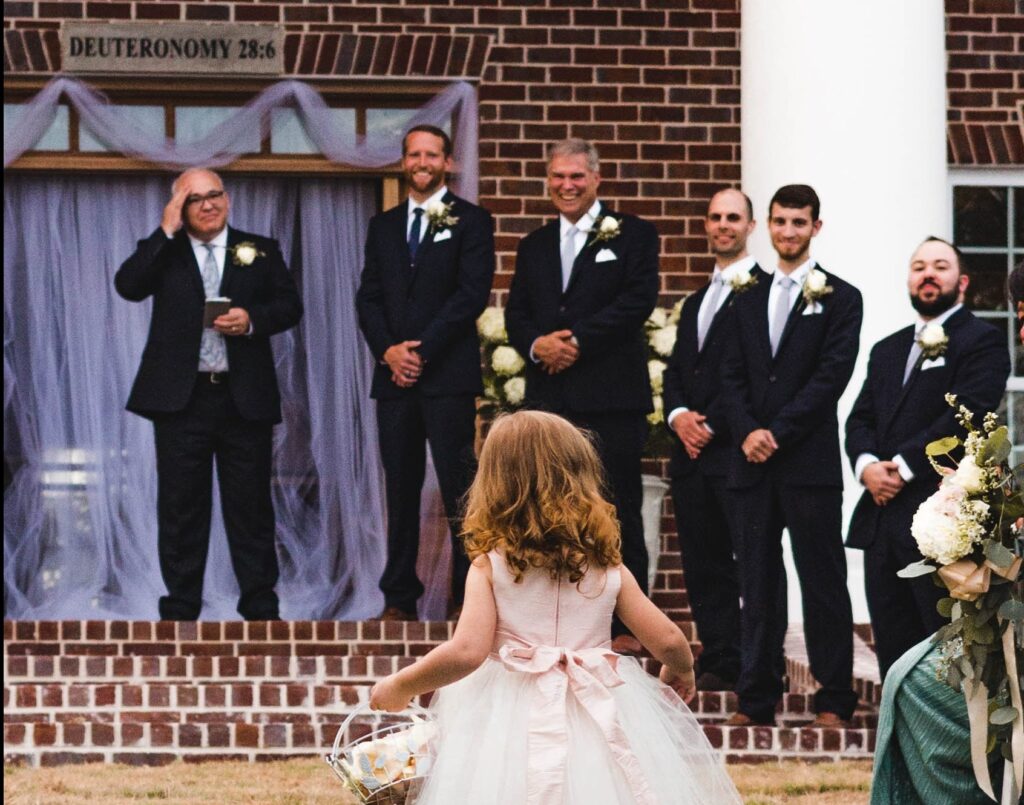
The best man wasn’t originally the groom’s best friend but the best at fighting (with a sword or otherwise) and would be relied upon to kidnap the bride if the family was not happy about letting her go or to retrieve/stop a runaway bride. The bride would then stand on the groom’s left so that his right arm would be free to use his sword. Today’s best men should probably think themselves lucky that they only have to protect the rings, organise the stag do and make a speech.
3. Being given away by your Father

At one time, you were literally being given away, either to pay a debt or gain status. Nowadays, it is a sweet image of a father supporting his daughter’s choices and an honoured role as they walk down the aisle together.
Bridal Outfit Traditions
-
White Dress

The white dress is associated with purity but it was common for brides to wear red dresses until 1840 when Queen Victoria bucked the trend and went for a white dress. Nearly 200 years later, her way is still prevailing and is not showing any signs of going away.
2. Something old, something new…
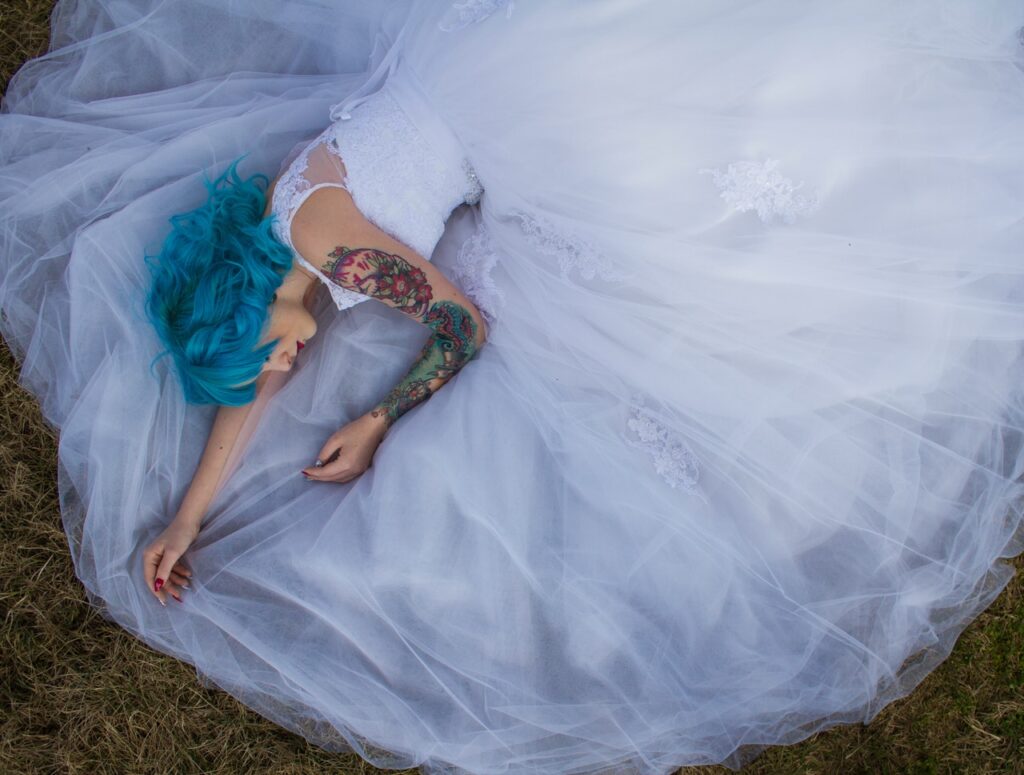
…something borrowed, something blue and a sixpence for her shoe. This tradition was designed to bring together elements of the bride’s old life and new life, borrow some luck from someone else’s happy and successful marriage, and have something blue to represent faithfulness and loyalty. The oft-forgotten sixpence was there for good luck. This tradition is still rather common today and a nice way to help bring people together.
3. The Veil and the First Look

Just in case you didn’t like the look of your future spouse in an arranged marriage, you wouldn’t be able to see them until the ceremony. Otherwise, you might have time to get away and that would definitely ruffle some feathers. The wedding veil was also thought to help disguise the bride so that they could ward off evil spirits.
Wedding Ring

*Photo to This Love Studio
The wedding rings are now a cute part of the ceremony where the bride and groom exchange rings that hopefully still fit after having them sized and the room isn’t too warm which makes their fingers swell up but it wasn’t always that way.
-
Vena amoris
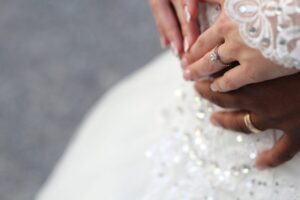
The ancient Greeks believed that there was a vein to the heart in the ‘ring finger’, known as vena amoris and even though science has proven that there is no such vein there, it is still used for wedding rings today. The ancient Egyptians saw the ring as a never-ending cycle that had a gateway in the middle of it.
2. A sign of your old life

At one time, when women were kidnapped to become brides, some wore rings afterwards to remind themselves of their old lives and symbolise their existence as hostages.
3. The bride price
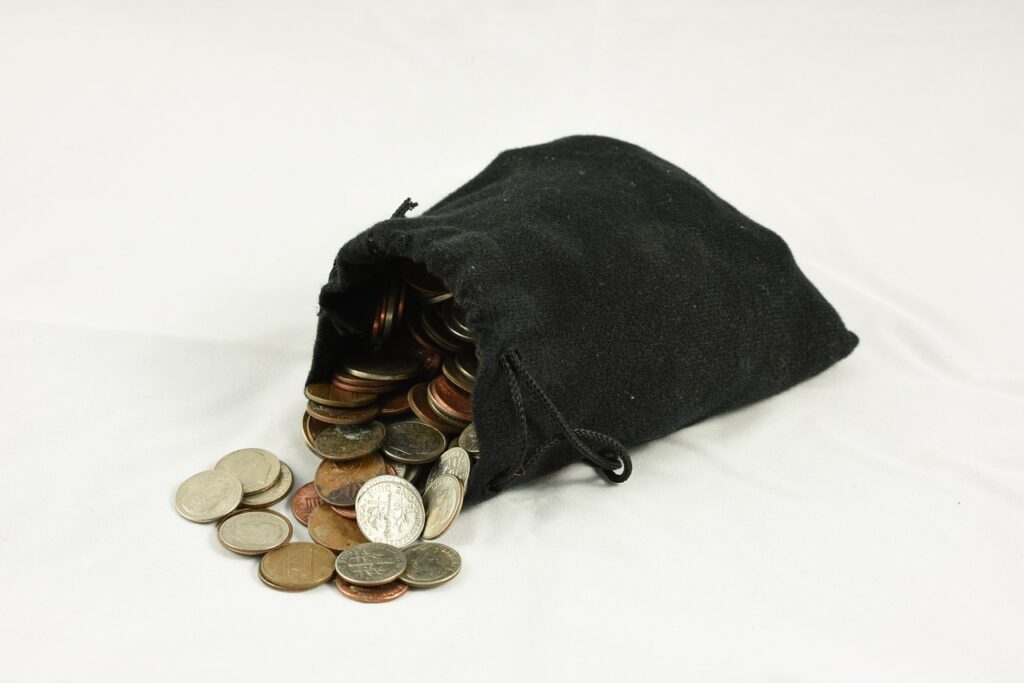
Rings were used for paying the father so the quality of the ring may show something of the debt to the father or the value placed upon the bride.
Wedding Traditions for after the Ceremony
-
The first kiss
The priest would give a holy ‘kiss of peace’ to the groom to pass onto the bride. This tradition seems to have disappeared and normally the groom will kiss the bride, without involving the priest.
2. Confetti

Photo by: Kari Bjorn Photography
Throwing confetti was originally an Italian tradition that used petals or rice (to symbolise rain) to bless the happy couple with fertility, fortune and prosperity.
3. Honeymoon

Just as the groom’s best man was required to fight any unhappy family members or retrieve a runaway bride, the honeymoon wasn’t always the romantic retreat it is thought of now, at one point is was designed to hide the bride so that her tribe wouldn’t know where to find her. During this period (roughly one cycle of the moon), they were given honey wine every day, making it a real “honeymoon”.
4. Carrying the bride across the threshold

There were two origins for this British wedding tradition – the first that is would appear unladylike for the bride to seem eager to leave her former home so the groom would carry her away (thus absolving her of blame) and the second was that newlyweds were considered prone to evil spirits’ tricks and so the bride would be protected by not absorbing evil spirits by having to touch the floor. It is unclear how this protected the groom.
Popular Wedding Traditions in the UK
- Holding a Boquet
- Throwing the Boquet and Garter
- Cutting the Wedding Cake
- Saving the Top Tier of the Cake
- Having Bridesmaids
- Having a Best Man
- Being Given Away by your Father
- Wearing a White Wedding Dress
- Wearing Something Old and Something New
- The Veil and the First Look
- Vena Amoris
- A Sign of your Old Life
- The Bride Price
- The First Kiss
- Confetti
- Honeymoon
- Carrying the Bride Across the Threshold
We hope your Nottingham big day goes a lot smoother than some of these wedding traditions would suggest, without the evil spirits or the need for a sword fight! Get in touch with our expert wedding team today and let us help you plan your dream wedding.
Go back to other articles

